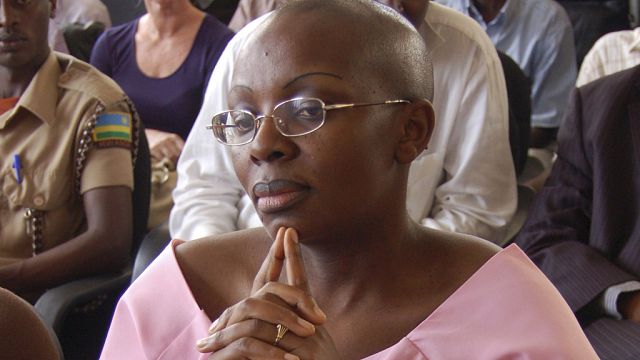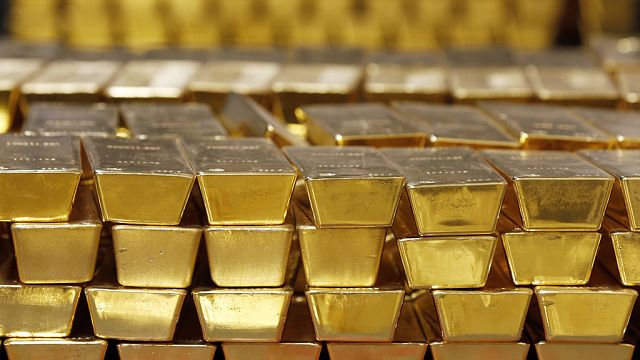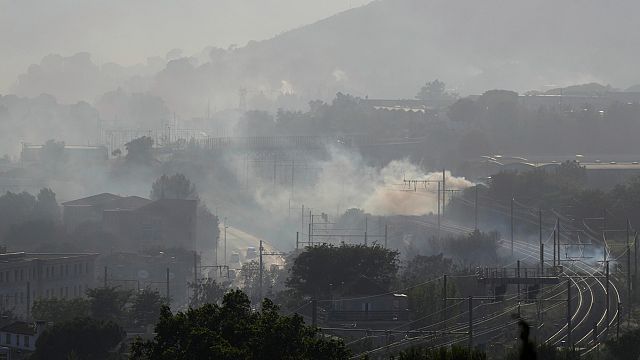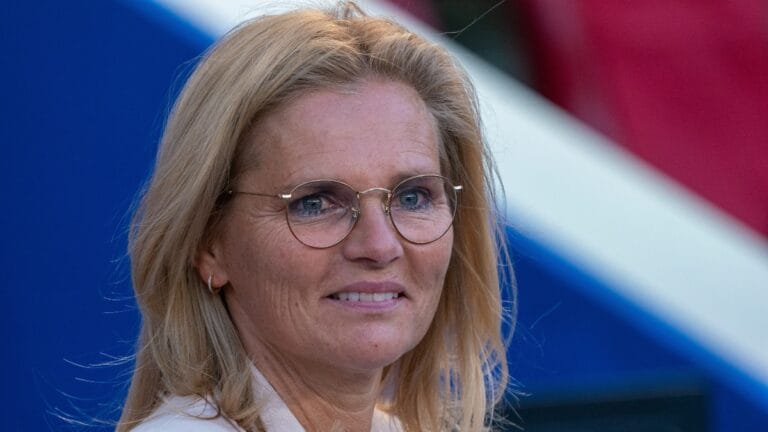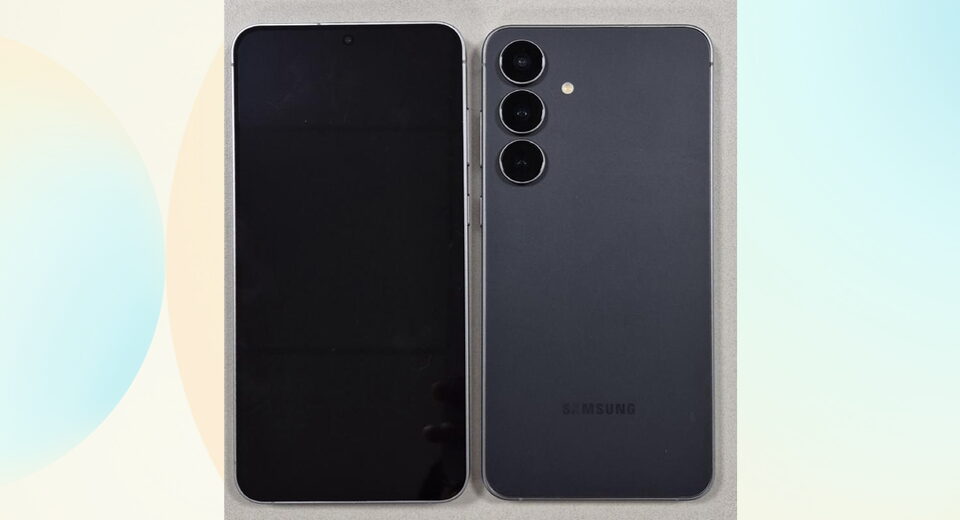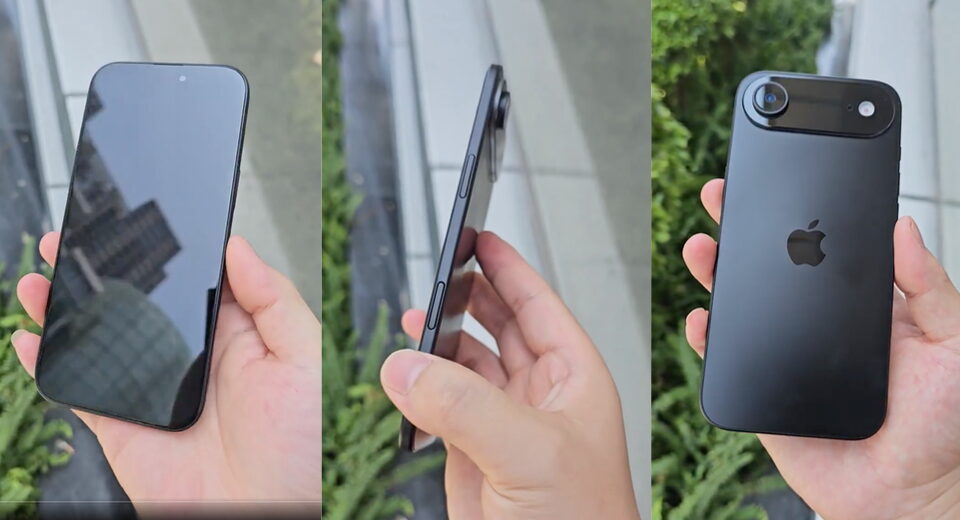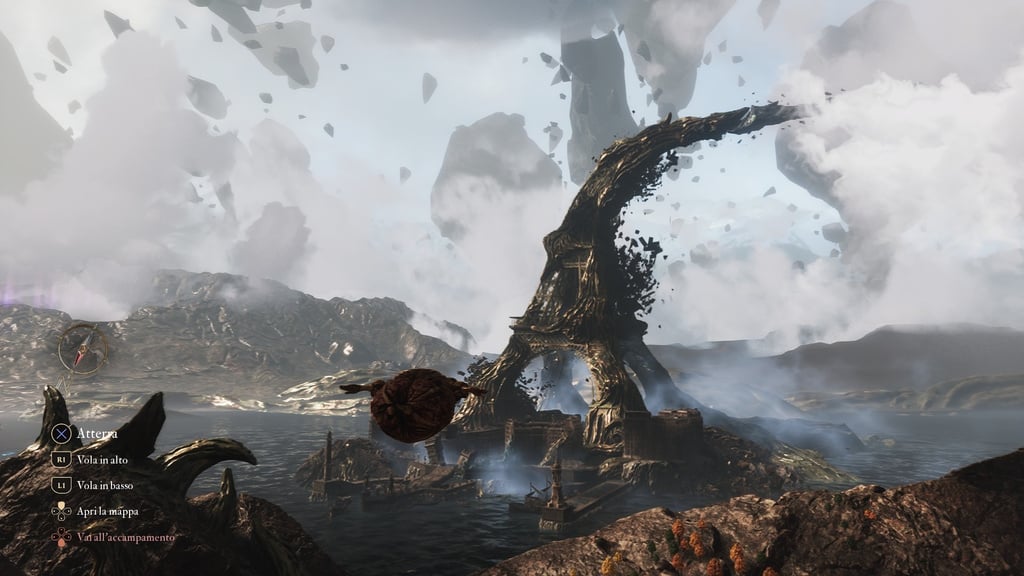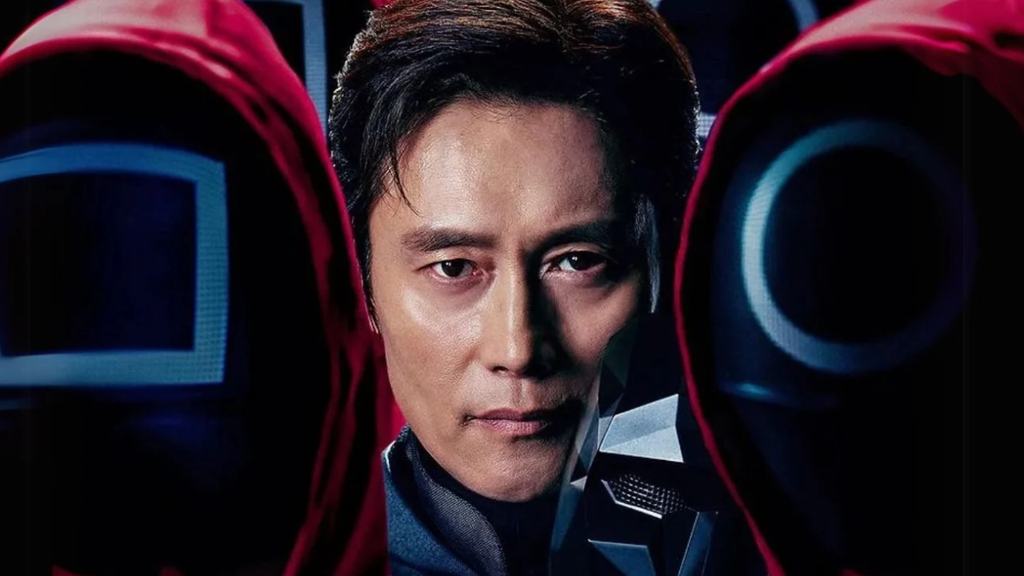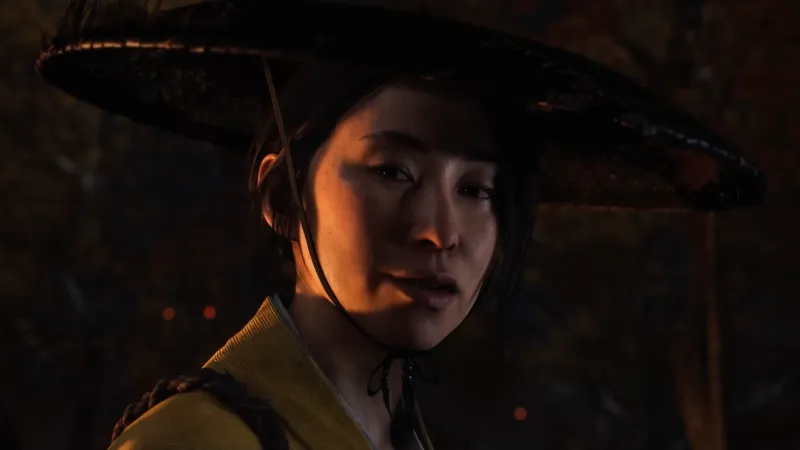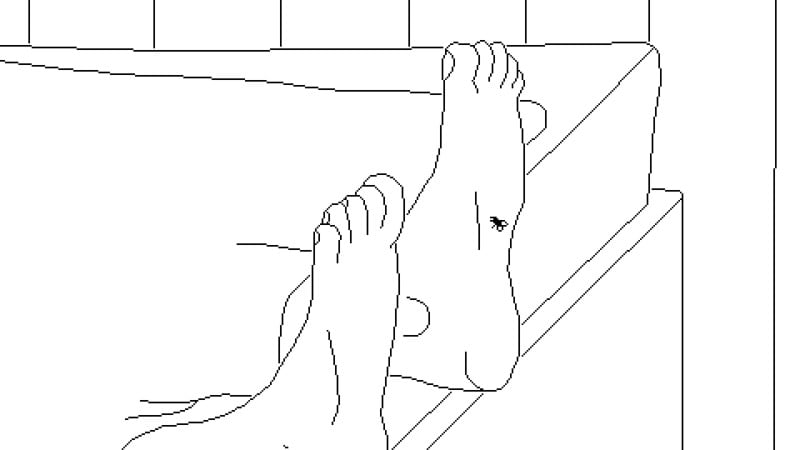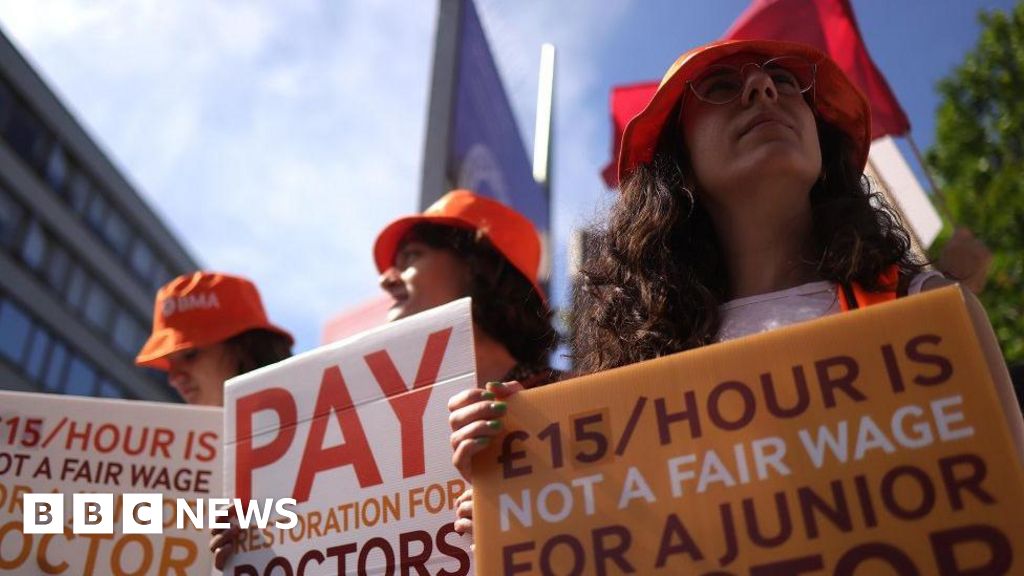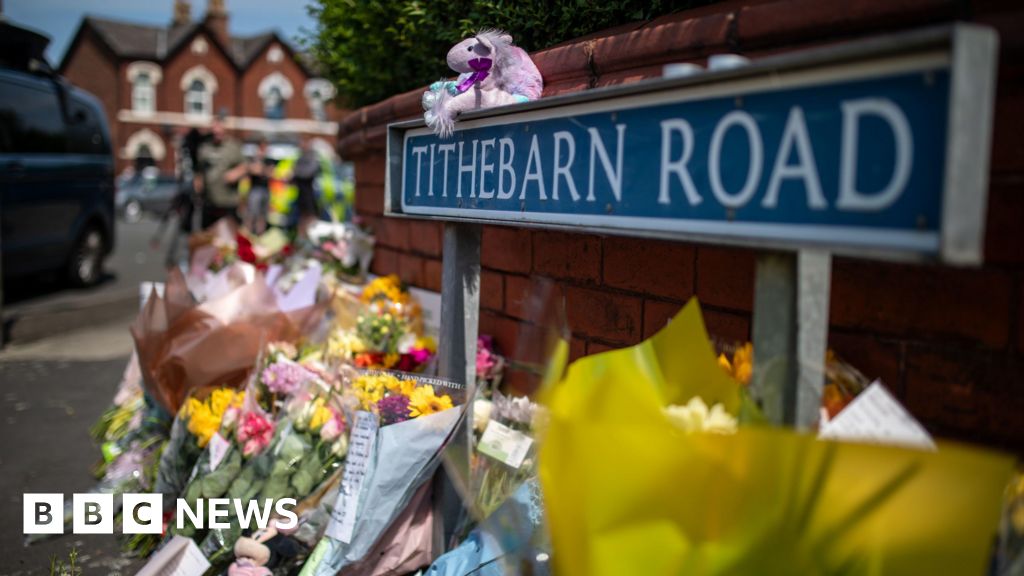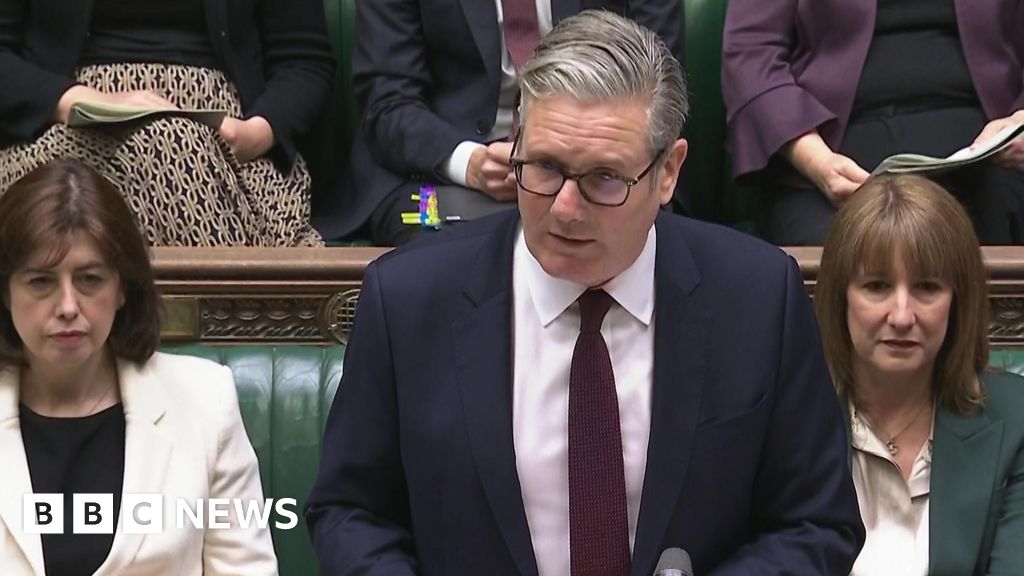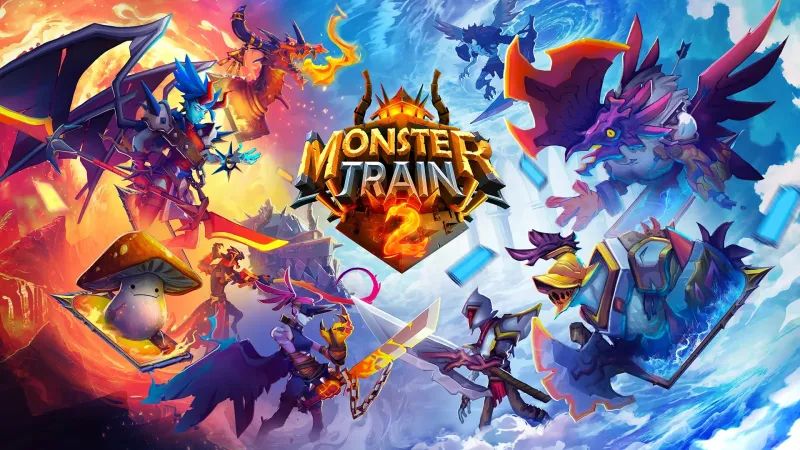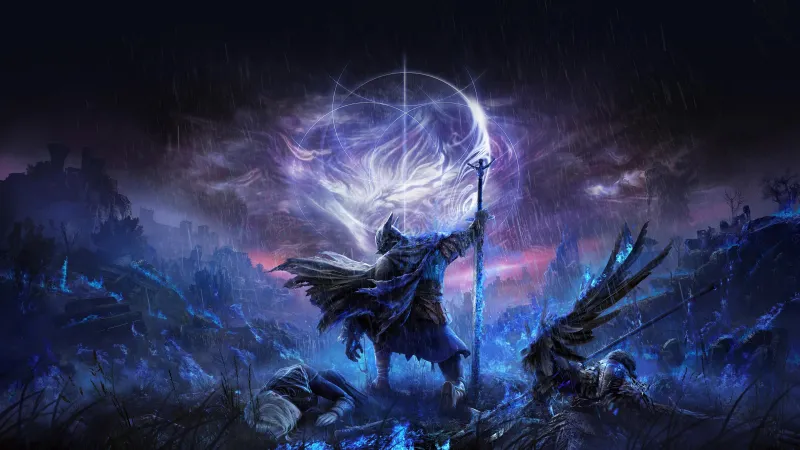Trump Didn’t Always Tout Tariffs. Now He Sees Them as a Way to Flex Power.


President Trump’s allies often describe him as a 40-year devotee of tariffs who, stymied by his first-term advisers, is finally able to put his long-held economic theory into practice.
But while Mr. Trump spoke about tariffs off and on before becoming a presidential candidate, he usually described his broader grievance about trade in terms of other countries or companies “ripping off” the United States. It is since Mr. Trump became a candidate in 2015 that he has talked about tariffs in earnest, describing them as a tool that he could easily deploy to rebalance the country’s economic footing.
“We are going to have 10 percent to 20 percent tariffs on foreign countries that have been ripping us off for years, we are going to charge them 10 percent to 20 percent to come in and take advantage of our country because that is what they have been doing,” Mr. Trump said in August 2024, one of many comments he made in that race emphasizing he would impose sweeping tariffs if he won, far beyond those in his first term.
Mr. Trump’s latest retreat this week from his own self-imposed tariff deadlines underscores the challenge he has faced in treating tariffs as a quick-fix — a tool that he asserts will bring in lots of money for the country while swiftly resetting trade relationships.
A review of Mr. Trump’s comments about tariffs over the decades shows he has often been fairly vague on the topic, and only more recently came to describe them as the centerpiece of his approach to trade.
Far more frequent and durable has been Mr. Trump’s repeated refrain that other countries are turning the United States into “suckers.” His references to tariffs often came as part of his description of a feeling of national injury that became common as the country’s manufacturing base began eroding. That attentiveness to trade as an issue, even absent a cohesive policy plan, helped Mr. Trump win in 2016.
This year, administration officials say they have brought in roughly $100 billion in tariffs so far. But after pledging that the president would get “90 deals in 90 days,” the White House has secured only a handful of trade agreement frameworks with other countries.
Instead of treating tariffs as one tool that is part of a broader trade strategy, Mr. Trump often describes them as an end unto themselves. While business experts and corporate leaders say the tariffs will raise costs on their products and for consumers who rely on imports, the president has largely dismissed those concerns. And he has relied on his own belief that markets and long-term concerns will eventually level out, even as economic experts have wondered what the end game is.
“What does winning look like? What is the definition of victory?” said Maurice Obstfeld, a senior fellow at the Peterson Institute for International Economics. “He seems to view the definition of victory as eliminating other countries ‘unfair trade practices,’ which in his mind translates one-for-one into reducing our bilateral deficits with every single trading partner.”
Brad Setser, a senior fellow at the Council on Foreign Relations who served in the Obama and Biden administrations, said, “He hasn’t really been willing to make that many real deals.”
The deals Mr. Trump has been interested in so far, Mr. Setser said, appear to be that “you accept my tariffs at the level I set them, and you give me additional concessions” because “otherwise I will raise them further.”
That has left countries with concerns that no matter what they agree to, Mr. Trump will again raise the cost for them.
What has been dizzying for other foreign nations is clear to Mr. Trump, however. Tariffs are a weapon he has at his disposal, and he sees them as a way to rebalance global influence.
While he was out of office, Mr. Trump described the levies in private conversations with aides and associates as more of an immense form of power, they said, than a broader economic theory.
Mr. Trump’s advisers maintain that his intention around tariffs has been clear over time, even when he has spoken imprecisely.
Kush Desai, a White House spokesman, said that Mr. Trump had always been “unequivocally clear about the need to put Americans and America First with every tool at our disposal. Trillions in historic investment commitments, billions in government revenue, and overwhelming interest from other countries to negotiate new trade deals with the United States prove that President Trump is successfully using tariffs to accomplish just that.”
Still, over the years, he often used the word “tariff” and “tax” interchangeably, and in at least one case made what appeared to be a demand for some kind of a cut of a country’s profits.
When Mr. Trump gave a now-famous speech at a Rotary Club in New Hampshire in 1987 as he promoted his just-published book, “The Art of the Deal,” he did not use the word “tariff,” according to an online database of archived news accounts. It also did not appear in the book. In his speech, Mr. Trump did say that countries like Saudi Arabia, Kuwait and Japan were damaging the United States and that “we should have these countries that are ripping us off pay off the $200 billion deficit.”
A year later, he appeared on Oprah Winfrey’s television show and said again that the United States had been ripped off, this time mentioning consumer products that Japan sold here. He said that Kuwait was making too much money being enabled by the United States to sell its oil, then suggested not exactly a tariff but some kind of profit share. “Why aren’t they paying us 25 percent of what they’re making?” he asked.
In November 1989, Mr. Trump told an aviation association at a luncheon in Midtown Manhattan that he wanted to see 20 percent tariffs on Germany and Japan to end being “ripped off,” and he attacked America’s leaders for not doing more. But what he described was not much more specific than that.
In 2000, when Mr. Trump was considering a run for president on the Reform Party line against Pat Buchanan, an avid protectionist, he published a policy-proposal book called “The America We Deserve.” It included a proposal for a one-time tax on most of the United States’ wealthiest individuals and trusts.
Mr. Trump suggested making himself the main U.S. trade negotiator, but did not mention tariffs — or anything else — as a tool he would use to eliminate trade imbalances in the book. Instead, it was Mr. Buchanan at the time who talked constantly about raising tariffs on foreign countries and trying to end what he described as the destructive effects of the North American Free Trade Agreement.
In 2011, Mr. Trump published a new set of policy discussions, called “Time to Get Tough,” as he again considered a presidential campaign. In that book, and in a speech before the Conservative Political Action Conference that year, Mr. Trump called for tariffs on Chinese goods unless they played “by the rules,” after being forced to enter a “real” trade deal by a “true commander in chief.”
But Mr. Trump appeared less certain about how to handle China just six years later. In 2015, he talked about threatening automakers with a hefty “tax” if they did not move back to the United States. In early 2016, when he spoke to The New York Times editorial board, the soon-to-be Republican nominee said he would like a “tax” on Chinese goods of 45 percent. Someone in the room asked whether that meant a tariff, and Mr. Trump concurred.
“The only power that we have with China,” Mr. Trump said, “is massive trade.” He added, “I would do a tariff, yes — and they do it to us.”
He continued, “I would do a tax, and the tax, let me tell you what the tax should be.” He declared, “The tax should be 45 percent.” He later publicly denied that he had called for a 45 percent tariff, claiming that he was referring to “the amount they saw their devaluations that we should get.” The Times then released the audio.
In Mr. Trump’s first term, he was intrigued by tariffs but implemented them far more surgically than he has in his second term.
So far this year, Mr. Trump has used whatever powers he can to try to force countries to urge him to make deals with them. He has described the tariffs as some kind of entry fee for the right of engagement with the United States and all but ignored questions about whether he is going well beyond the scope of what the laws creating those tariff powers intended.
“I’m like somebody that has a very valuable store and everybody wants to shop in that store,” he recently told The Atlantic. “And I have to protect that store. And I set the prices.”
To that end, Mr. Trump abruptly announced on Tuesday a new round of tariffs on copper: 50 percent. He did not say how he arrived at that rate.
What's Your Reaction?
 Like
0
Like
0
 Dislike
0
Dislike
0
 Love
0
Love
0
 Funny
0
Funny
0
 Angry
0
Angry
0
 Sad
0
Sad
0
 Wow
0
Wow
0




